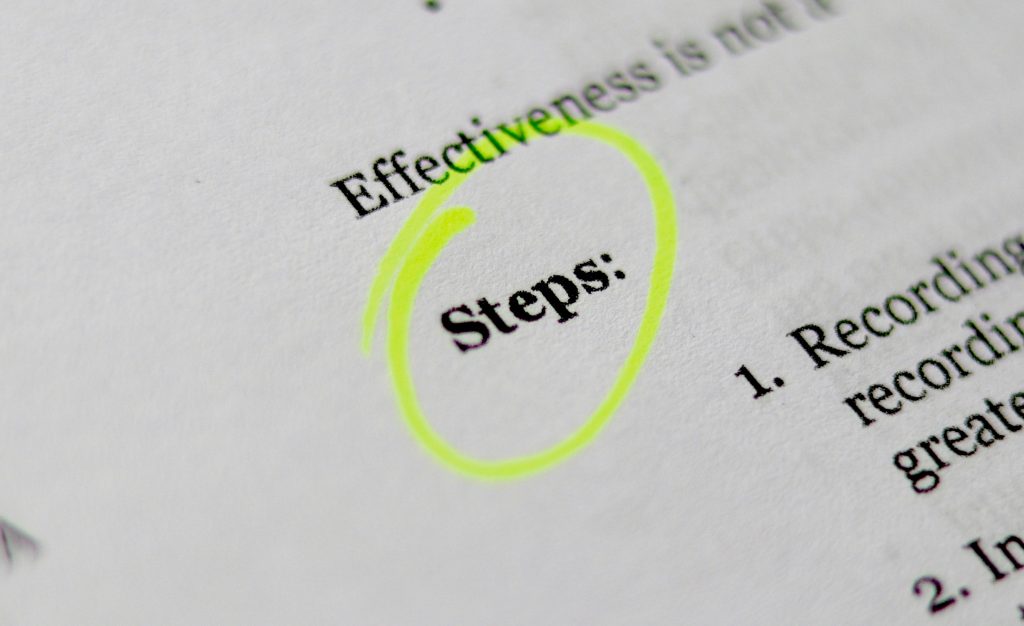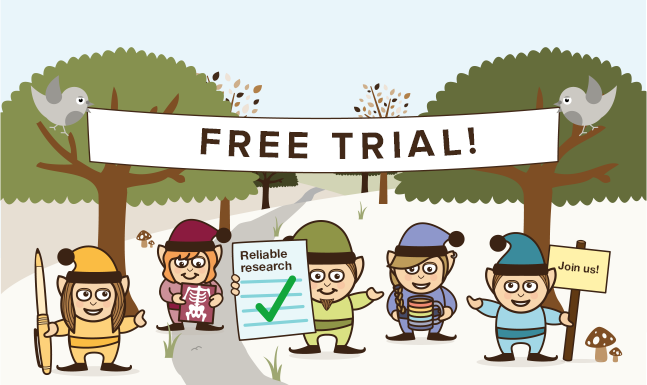
Globally, suicide is the fourth leading cause of death among young people (YP) aged 15-29 years old (World Health Organisation, 2022). As suicide is such a pressing and serious issue, developing effective evidence-based interventions is of upmost importance.
There is increasing awareness of the benefits of including YP in the planning, delivering, and implementation of research. Within the field of suicide research, however, this has proved difficult. One reason for this is the perceived risk of involving YP with lived experience in suicide research (Wadman et al., 2019), with fears that involvement will cause distress and/or increase suicidal thoughts and feelings (Lakeman & Fitzgerald., 2009). However, as emphasised by Michail (2024), the meaningful involvement of YP is necessary for progress in suicide research.
There is also a lack of guidance in this area, despite guidelines being available in other areas of mental health research (Bailey et al., 2020; McCabe et al., 2022). As there are additional risk management and ethical considerations due to the nature of the topic, guidance developed from the bottom-up (i.e., with involvement and input from YP and other stakeholders) is particularly needed. To this end, Webb et al. (2024) conducted a Delphi study with the aim of developing guidance on including young people with lived experience of suicide in suicide research.

This Delphi study by Webb et al. (2024) aimed to develop guidelines for involving young people with lived experience of suicide in research about suicide, based on input from key stakeholders.
Methods
The study used a Delphi consensus method, which involves bringing experts together to reach a consensus on a specific topic. Prior to the Delphi consensus process, there were two initial phases: questionnaire development and expert panel formation.
To develop the questionnaire, the authors conducted a systematic literature review of the area, followed by semi-structured interviews with YP with lived experience (n = 13) and researchers identified through the literature search or the authors’ existing networks (n = 14). The interview schedules were developed in collaboration with two youth advisors, with the focus on eliciting views and experiences being involved in suicide research. Items for the Delphi consensus questionnaire were collated from these findings.
For the Delphi consensus, two expert panels were formed: youth lived and living experience (n = 27; mean age = 22.89 years, 61% female, 74.07% living in Australia) and researchers (n = 28; 2-40 years working in suicide research, 55.55% with doctoral degrees, 53.57% living in Australia). During the Delphi consensus process, panel members were asked to rate the questionnaire items according to how important they were for inclusion in guidelines. This was done in two rounds, with the option to suggest additional items in round one that were then included in round two. Items were included in the final guidelines if they were rated as essential or important by >80% of participants in the two rounds, and excluded if rated <70% across both panels.
Results
Four hundred and sixty-seven items were rated in total, with the final guidelines including 231 items. Though there was statistically significant agreement between both groups during each round, this agreement was strong in round one (r = .83, p < .01) and moderate in round two (r = .65, p < .01).
Based on the included statements, a four-part set of guidelines was created for involving YP with lived experience in suicide research, as follows:
- Preparation, including the steps needed for appropriate staffing, safely recruiting and onboarding young people (YP), training for YP and researchers, creating a safe environment, group planning, study planning, and disseminating findings. Specific recommendations include providing YP with an induction program and providing training to the researchers on topics such as safe communication.
- Supporting safety and wellbeing, including information on developing safety and wellbeing protocols, developing individual well-being plans, providing general support, routine check-ins, responding to distress or suicide risk, and cool-down sessions. Specific actions include developing protocols in conjunction with YP, co-developing a template for well-being plans, and following up on distress.
- Evaluating involvement, including guidance on evaluating the process and impact of involving YP in suicide prevention research as well as the impact on the researcher. Evaluation should involve steps such as comprehensive documentation, asking for formal feedback, and evaluating the impact of research involvement on YP’s suicidal thoughts and feelings.
- Tips for young YP; specifically, 10 tips for YP to help with their involvement in suicide prevention research. Tips comprise questions about readiness, identifying triggers, setting boundaries, sharing safely, taking breaks, and asking for help, amongst others.
The full guidance can be accessed here: Guidelines for involving young people with lived and living experience of suicide in suicide research (PDF).

The four-step guidelines created from this study, aimed at researchers and young people involved in suicide prevention research, includes information on preparation, supporting safety and wellbeing, evaluating involvement, and general tips.
Conclusions
The study outlines the creation of the first evidence-informed guideline for including young people (YP) with lived and living experience of suicide in suicide research. Using the Delphi method, the guidelines were endorsed by both experts in the field and YP with lived experience, with significant levels of agreement between the two stakeholder groups indicating the shared values underpinning these guidelines. However, as indicated by Webb et al. (2024),
These guidelines are not intended to be a rule book, and their usage will depend on a range of factors including the study type and setting, the expertise of the research team, community partners, and the needs of the young people themselves.

The guidelines created by Webb et al. (2024) are a helpful first step in improving suicide research in young people, providing broad recommendations which are flexible to the needs of individual studies.
Strengths and limitations
Strengths
- The largest strength of the study is the involvement of YP with lived and living experience. Conducting research with individuals instead of to them ensures that the output is reflective of the populations’ needs, which hopefully results in increased efficacy.
- Another strength of the study is the wide range of gender and sexuality represented in the youth panels. Gender and sexuality minority YP are disproportionately affected by suicide, as summarised by a prior Mental Elf blog, and thus the involvement of this population is key.
- The guidelines are openly accessible, which increases their accessibility and ensures that any and all who need the guidelines can use them, thus strengthening their utility.
Limitations
- There was a limited range of cultural diversity represented in the expert panels as participants were only from English-speaking Western countries. Further, the research was conducted in Australia but YP from First Nations communities were not represented. As research suggests, patterns of suicide differ depending on culture (Kirmayer, 2022), the guidelines may not be as relevant for populations outside of those included.
- The authors did not collect data on the type of lived experience of the youth expert panel, which could have provided more information on whether the guidelines need to be tailored to different experiences, and if so, how.
- The authors also did not gather data on whether the researcher expert panel had lived experience as well. This could strengthen the study as holding knowledge on whether the expert panel has lived experience removes the strict separation between lived experience and ‘experts’, potentially increasing trust in researchers. Further, it can add an additional layer of information on how lived experience impacts the creation of the guidelines.
- YP with recent experience of suicide and/or self-harm were excluded and thus their voice was not captured in the creation of guidelines. This is particularly important as one of the items which did not reach agreement related to whether this population should be involved in research. Importantly, this may be continuing the problem of excluding populations for fear of risk, which repeats the issue the guidelines are intended to solve.

The involvement of young people with lived experience was a key strength of this study. However, young people with current lived experience of suicide and/or self-harm were excluded. Was this a good move, or does it repeat existing issues with this research area?
Implications for practice
The recommendations outlined in these guidelines can help facilitate the safe and effective involvement of YP with lived and living experience in suicide research. Smoothing the path of patient and public involvement in research will help in the understanding of and development of more effective interventions for suicide prevention.
It would be valuable to evaluate the impact of implementing the guidelines, which could be invested through a mix of quantitative and qualitative methods with a range of stakeholders. Evaluating the impact of the guidelines could help inform its applicability and highlight areas of need that may be missing – for example, whether these guidelines are helpful for those without Western, Educated, Industralised, Rich, and Democratic (WEIRD) backgrounds.
These guidelines could also be explored in the context of neurodiverse YP. There is some research to suggest that autistic people are at a higher risk for suicide. One study, summarised in this Mental Elf blog post, found that autism is a distal risk marker for suicidal thoughts and behaviours. Clearly, there is a need to understand suicidal thoughts and behaviours in this population, and so we need to understand how autistic people with lived and living experience can be involved safely. This requires more research into how applicable the guidelines are for neurodiverse YP.
Interestingly, within the panels, there was no consensus on whether YP with current or recent suicidal thoughts should be involved in suicide research. As mentioned previously, the current study excluded this very population, and thus it is unclear how to safely involve them in suicide research. This is an important avenue for future investigation as, while there is the understandable concern of increased risk, we are missing a large voice from research about suicide. Involvement in research is important for all YP with lived and living experience, and understanding how this population can be involved safely is key.
Although more research is needed to understand whether these guidelines are applicable for populations outside those involved in the youth panel, they represent a useful starting point to ensure that the involvement of YP in suicide research is safe. Hopefully, the creation of the guidelines will strengthen researchers’ confidence in involving more YP, and increase the willingness of YP to participate, thus addressing the participation gap in suicide research.

Using the guidelines created in this study will hopefully increase youth involvement in suicide prevention research, but further work is needed to understand its acceptability, applicability, and utility.
Statement of interests
None to declare.
Links
Primary paper
Webb, M., Cooper, C., Hemming, L., Dalton, A., Unity, E., Simmons, M. B., Bendall, S., & Robinson, J. (2024). Involving Young People With Lived and Living Experience of Suicide in Suicide Research. Crisis, 45(4), 263–270.
Guidance document: Webb, M., Hemming, L., Dalton, A., Unity, E., Simmons, M., Bendall, S., & Robinson, J. (2023). Guidelines for involving young people with lived and living experience of suicide in suicide research. Orygen.
Other references
Bailey, E., Mühlmann, C., Rice, S., Nedeljkovic, M., Alvarez-Jimenez, M., Sander, L., Calear, A. L., Batterham, P. J., & Robinson, J. (2020). Ethical issues and practical barriers in internet-based suicide prevention research: A review and investigator survey. BMC Medical Ethics, 21(1).
Kirmayer, L. J. (2022). Suicide in cultural context: An ecosocial approach. Transcultural Psychiatry, 59(1), 3-12.
Lakeman, R., & Fitzgerald, M. (2009). Ethical suicide research: A survey of researchers. International Journal of Mental Health Nursing, 18(1), 10-17.
Lorenz, S. (2023). Suicide prevention for autistic people: the importance of belonging, mental health and movement. The Mental Elf.
McCabe, E., Amarbayan, M. (., Rabi, S., Mendoza, J., Naqvi, S. F., Thapa Bajgain, K., Zwicker, J. D., & Santana, M. (2022). Youth engagement in mental health research: A systematic review. Health Expectations, 26(1), 30-50.
Mackay, L. (2023). Sexual minorities, suicide and self-harm: new research in England deepens our understanding. The Mental Elf.
Michail, M. (2024). Shining a spotlight on youth involvement in mental health research: Challenges and innovations. JCPP Advances, 4(4).
Suicide: Facts and figures globally. (2022, September 6). World Health Organization (WHO). https://www.who.int/publications/i/item/WHO-MSD-UCN-MHE-22.03
Wadman, R., Williams, A. J., Brown, K., & Nielsen, E. (2019). Supported and valued? A survey of early career researchers’ experiences and perceptions of youth and adult involvement in mental health, self-harm and suicide research. Research Involvement and Engagement, 5(1).
Photo credits
- Photo by Gabriel Brito on Unsplash
- Photo by Aedrian Salazar on Unsplash
- Photo by Clayton Robbins on Unsplash
- Photo by Simon Maage on Unsplash
- Photo by Joanjo Pavon on Unsplash
- Photo by UX Indonesia on Unsplash
